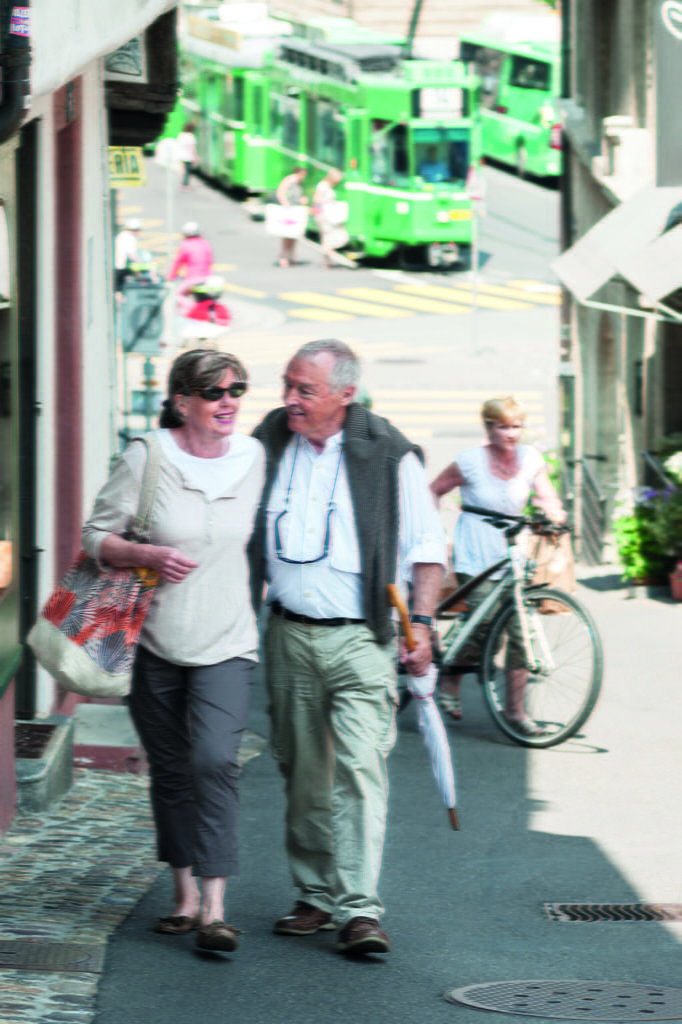Project for Public Spaces: The Recovery Will Happen in Public Space
Last week, 25 million Americans returned to public life. As more and more governors relax their stay-at-home orders and restrictions on businesses, that number will only grow, even as COVID-19 cases around the country remain higher than public health experts would prefer. We are at a precarious moment as a country, where we must balance safety and recovery.
Across the spectrum, in large cities and small towns, outdoor public spaces must be a central part of the path forward. People need a way to go back to work, and the world wants to get out of the house. Constituents are desperate to hear new messages from political leaders, not just about whether or not to return to public life, but about how.
Parks have been an early beacon of hope during the pandemic; their generous paths and calming greenery have provided people with a psychological safety valve in a time of anxiety. However, as many public health officials have said, we should encourage people to use public spaces close to home, and not everyone has access to a park in their neighborhood. What’s more, not everyone has the time to take a stroll in the park. Essential workers and parents, among others, need public spaces that are useful as well as restful.
The sidewalks, streets, plazas and parking lots in every neighborhood are an asset that is waiting to be put to work. Many cities including San Francisco, Oakland, New York, and Seattle are closing streets to traffic to increase the usable pedestrian space for residents. But no city has yet fulfilled the promise of what these spaces can do beyond walking, biking, and perhaps dining outdoors.
To avoid a resurgence in infection and to recover equitably, cities must think more expansively about how all kinds of outdoor, everyday spaces can fulfill people’s daily needs, and work directly with the communities most affected by the virus and its economic fallout.
To read the full article from the Project for Public Spaces, please see here.
